Series |
Collections
-
-
Series |
 Technologies and techniques
Technologies and techniques
In this article series, Nature Reviews Molecular Cell Biology focuses on recent technological and technical advances and on their impact on diverse areas of molecular and cell biology. The articles highlight important biological issues, describe the technologies and techniques that were developed to tackle them and discuss the wealth of knowledge that using them has produced.
Image: Vicky Summersby -
Collection |
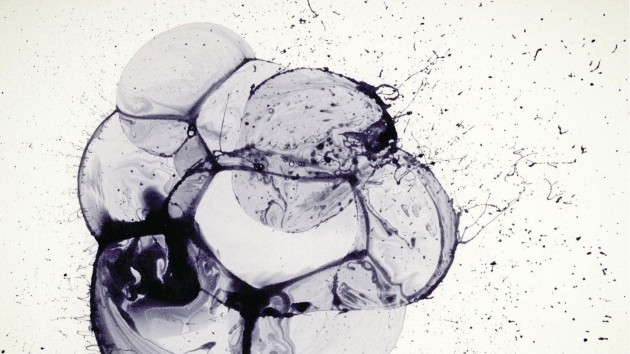 A year of stem cell and developmental biology
A year of stem cell and developmental biology
In recent years, the field of stem cell and developmental biology has seen remarkable breakthroughs that have deepened our understanding of how organisms grow, age and regenerate, with major implications for medicine and biotechnology.
Image: Dr. Christopher Thomas, Marseille Developmental Biology Institute (IBDM), CNRS & Aix-Marseille Université -
Collection |
 RNA splicing
RNA splicing
Technological and computational advances in recent years, from cryo-electron microscopy to sequencing technologies and machine learning
Image: Patrick Morgan -
Series |
 RNA processing and modifications
RNA processing and modifications
This series of articles by Nature Reviews Molecular Cell Biology highlights different aspects of the biogenesis of various RNA species.
Image: Vicky Summersby -
Series |
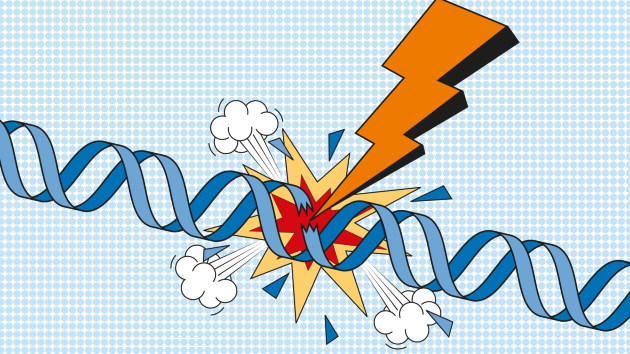 DNA damage repair
DNA damage repair
In this article series, Nature Reviews Molecular Cell Biology explores the pathways that preserve genomic integrity by detecting and repairing damage in different types of cellular DNA, highlighting new control mechanisms in the DNA damage response and the implications of disrupted repair pathways for disease.
Image: Vicky Summersby -
Focus |
 Cell senescence
Cell senescence
Cell senescence — a state of irreversible cell-growth arrest — has important physiological functions and is a key driver of ageing.
Image: Vicky Summersby -
Collection |
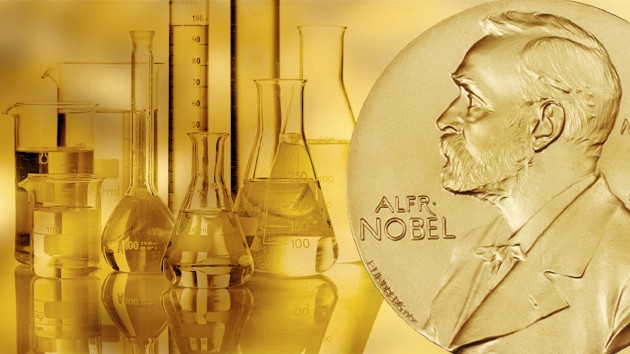 Nobel Prize in Chemistry 2024
Nobel Prize in Chemistry 2024
The 2024 Nobel Prize in Chemistry has been awarded to David Baker “for computational protein design” and to Demis Hassabis and John M. Jumper “for protein structure prediction”.
Image: Springer Nature/The Nobel Foundation/Imagesource -
Collection |
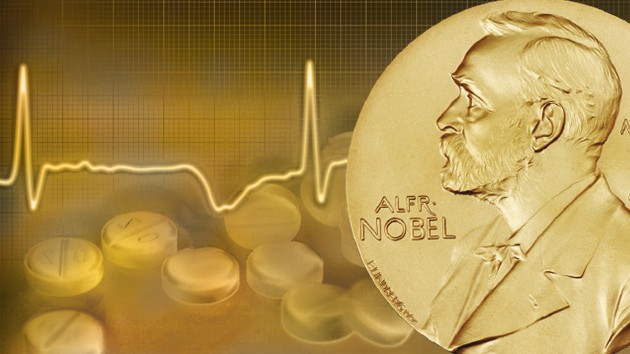 Nobel Prize in Physiology or Medicine 2024
Nobel Prize in Physiology or Medicine 2024
The 2024 Nobel Prize in Physiology or Medicine has been awarded jointly to Victor Ambros and Gary Ruvkun "for the discovery of microRNA and its role in post-transcriptional gene regulation".
-
Collection |
 Liquid–liquid phase separation in cells
Liquid–liquid phase separation in cells
Multivalent interactions between biological molecules result in the formation of biomolecular condensates, a phenomenon known as Liquid–liquid phase separation (LLPS). Biomolecular condensates have important cellular and physiological functions, and aberration in LLPS can result in pathologies. This
Image: Vicky Summersby -
Collection |
 Genome editing
Genome editing
This Collection provides an overview of current progress in developing targeted genome editing technologies, including a selection of protocols for using and adapting these tools in your own lab.
Image: LuckyStep48 / Alamy Stock Vector -
Series |
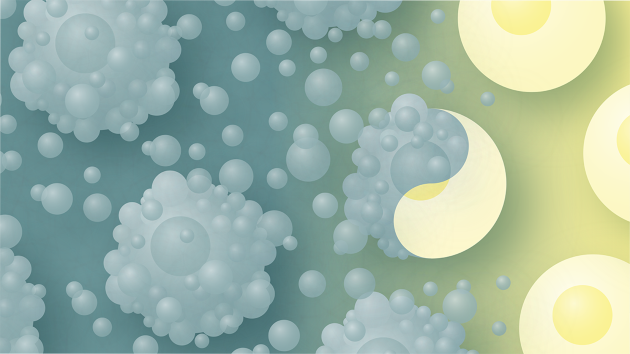 Cell death
Cell death
A series of articles from Nature Reviews Molecular Cell Biology on cell death pathways, their mechanisms and their roles in physiology and disease.
Image: Vicky Summersby

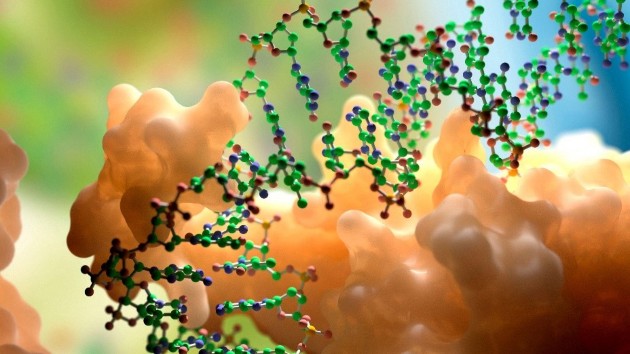 Structure–function
Structure–function